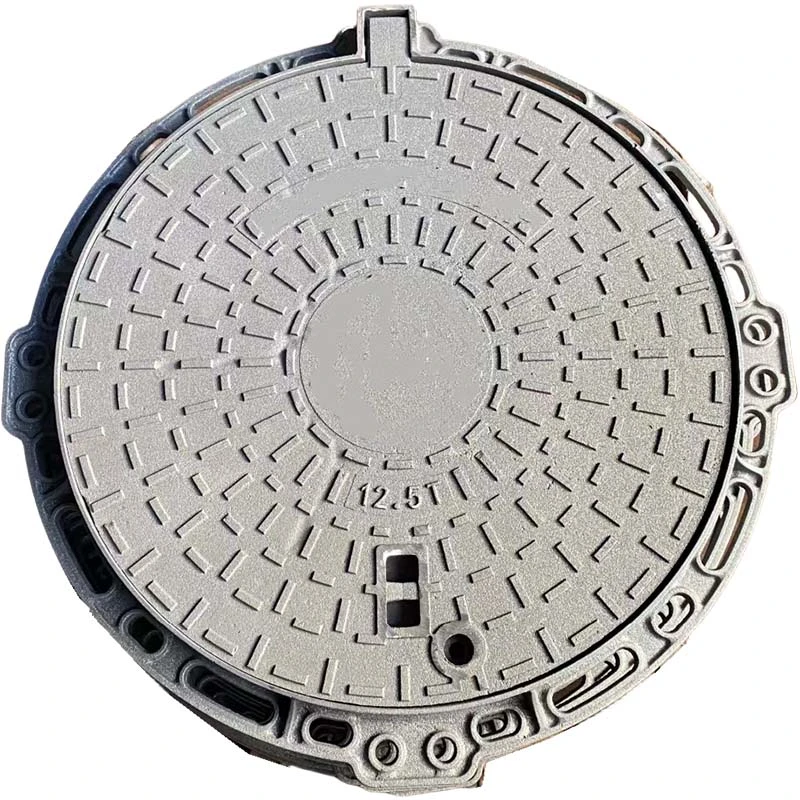Design and Construction Principles for Durable and Efficient Manhole Frames in Urban Infrastructure
The Evolution of Manhole Frames A Vital Piece of Urban Infrastructure
Manhole frames play a critical role in urban infrastructure, often overlooked yet essential for the efficient functioning of city systems. These structures, which serve as covers for manholes, are integral components in various utility networks, including sewage, water, and telecommunications. As urban areas continue to grow, understanding the significance and evolution of manhole frames becomes increasingly important.
Historically, the design of manhole frames has seen significant developments. Early manhole covers were often made from wood or metal, susceptible to wear and degradation from environmental factors. Over time, the transition to cast iron has allowed for greater durability and resilience. Cast iron frames, known for their strength and longevity, can withstand heavy vehicular traffic and adverse weather conditions, making them a preferred choice in modern urban planning.
The design of manhole frames is not merely a matter of functionality but also aesthetics. Cities are constantly striving to enhance their visual appeal, and manhole frames have become an unexpected canvas for creativity. Many municipalities encourage artists to design unique, decorative elements on manhole covers, reflecting local culture and heritage. This not only beautifies the urban landscape but also instills a sense of community pride. Some cities have taken it a step further, hosting competitions for the best manhole cover design, which adds a layer of engagement among residents.
manhole frame

In recent years, there has been a push toward more sustainable materials and practices in the production of manhole frames. Many manufacturers are exploring alternatives to traditional cast iron, including recycled materials and composite products. The adoption of environmentally friendly manufacturing processes is a crucial step in reducing the carbon footprint associated with urban infrastructure development. Additionally, using lighter materials can also improve installation efficiency and reduce transportation emissions.
One of the most significant technological advancements in manhole frames is the integration of smart technology. With the rise of smart cities, manhole frames can now be equipped with sensors to monitor various parameters such as structural integrity, temperature, and gas emissions. These innovations allow for real-time data collection, enabling city planners and engineers to proactively address maintenance needs and improve overall public safety. The ability to monitor these elements can prevent potential hazards and reduce the risk of accidents related to infrastructure failure.
Furthermore, manhole frames are pivotal in addressing pressing urban issues such as flooding. In areas prone to heavy rainfall, properly designed and maintained manhole frames can enhance drainage systems, mitigating the risk of water pooling on roads and sidewalks. Incorporating features such as ‘pop-up’ venting systems in manhole covers can assist in reducing pressure during heavy rainfall, thereby minimizing the chances of overflow and sewer backups.
In conclusion, manhole frames are far more than functional components of urban infrastructure; they are a blend of engineering, art, and sustainability. Their evolution reflects changing urban landscapes and the growing emphasis on smart technology. As cities continue to expand and evolve, the innovative use of manhole frames will play an increasingly vital role in ensuring public safety and enhancing the quality of urban life. Recognizing their significance is essential for sustainable urban development, making them an integral part of the conversation about the future of city living.
-
The Smarter Choice for Pedestrian AreasNewsJun.30,2025
-
The Gold Standard in Round Drain CoversNewsJun.30,2025
-
The Gold Standard in Manhole Cover SystemsNewsJun.30,2025
-
Superior Drainage Solutions with Premium Gully GratesNewsJun.30,2025
-
Superior Drainage Solutions for Global InfrastructureNewsJun.30,2025
-
Square Manhole Solutions for Modern InfrastructureNewsJun.30,2025
-
Premium Manhole Covers for Modern InfrastructureNewsJun.30,2025
